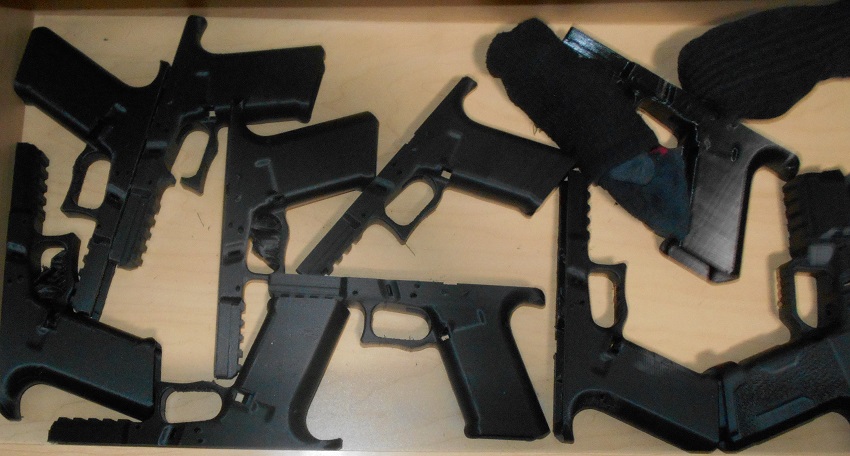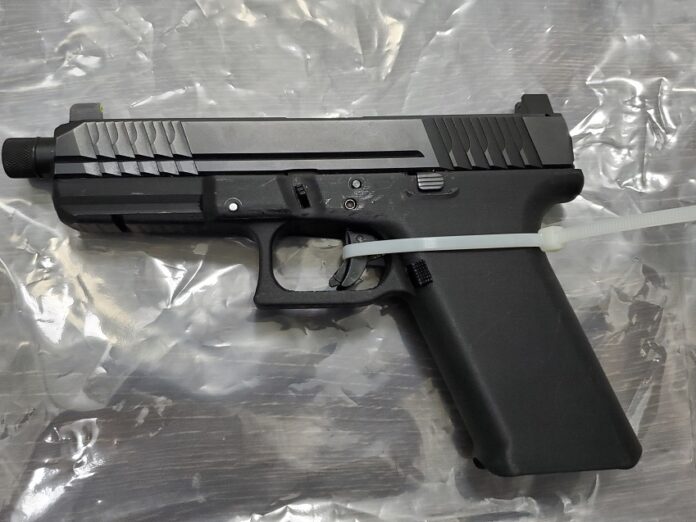As 3D printers get more accessible, criminals are taking advantage of the technology.
Earlier this month and after an extensive investigation, the Westshore detachment cracked down on a man who had discharged a firearm in February. After executing a search warrant, they found three fully loaded ghost guns, along with body armour, ammunition, and evidence that he was 3D printing his own unregistered firearms.
The suspect has been charged with reckless discharge of a firearm, pointing a firearm, possession of a prohibited weapon, contravention of storage regulations, and weapons manufacturing. As the collected evidence is analyzed, police expect more charges to be levied. Prior to this, the suspect had no criminal record and was released on an undertaking with a February court date.

3D-printed firearms, also known as “ghost guns,” hamper police in solving crimes because there is no registry or frame of reference for tracking them down.
Westshore RCMP’s Corporal Nancy Saggar says this new type of weapon is already problematic in investigations.
“The reason why they’re called ‘ghost guns’ is because they’re untraceable,” she says. “Traditional methods of trying to trace a gun back to someone, sometimes through a serial number, that goes back to whoever sold it and then the serial numbers were kept.
“We were able to see who registered guns who had a few and then trace them back. Maybe someone’s gun got stolen and now it’s being used in a crime. We could figure out what date it was stolen on because it was reported by the original owner. Those leads that we would have had don’t exist in the usage of these types of guns.”
Along with regular handguns, she says they’ve been confiscating more of these types of weapons.
“I don’t have statistics to share with you, but we are definitely seeing more of it,” she says. “Specifically, this is our first real file of the year where we legitimately confiscated a homemade 3D printer, there were many many parts of guns lying around, ammunition, etc. This was a legitimate manufacturing operation.”
She says it’s becoming much more accessible to more people because the printers are getting more affordable and the process isn’t overly complicated.
“You don’t need a printer that is going to print the entire gun, you just need one that can print small pieces. That’s the reason why this is becoming easier to manufacture at home,” she says. “So if you have knowledge of guns or even can just follow instructions correctly, you can probably put one together.”
While the technology continues to evolve, Saggar says the laws haven’t caught up with it quite yet.
“The actual act of printing it is not in the criminal code, but once it’s printed and you’re in possession of it, that is in the criminal code,” she says. “You’re not allowed to be in possession of a firearm unless you have the proper acquisition licencing.”
Saggar says that this hasn’t reached a point where this is a main choice by criminals, because the poor quality of materials makes for a worse firearm.
“Let’s put it this way, if you do it yourself (DIY) it’s always going to have that DIY affect,” she says. “It’s always not going to be just as good as or better than something that you buy from the store that was probably manufactured. Having said that, it can still be used in the same capacity. You can still hurt or injure someone with it.”






